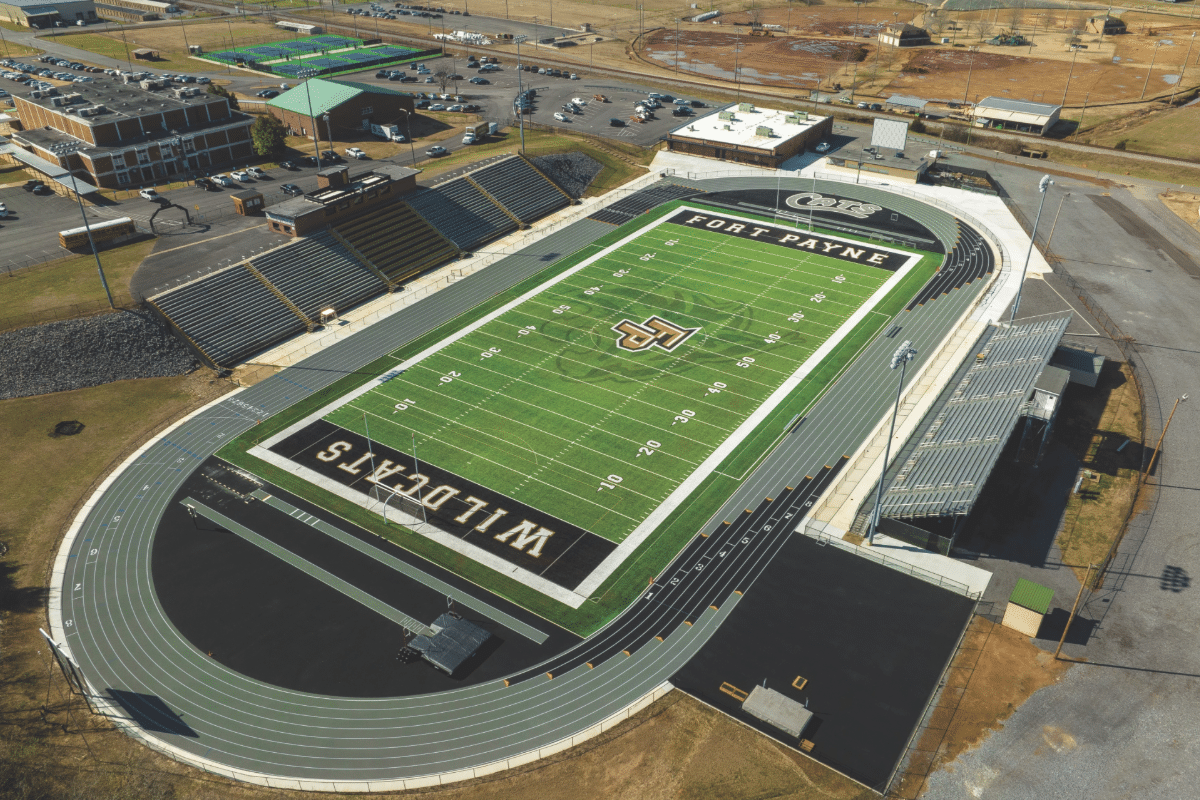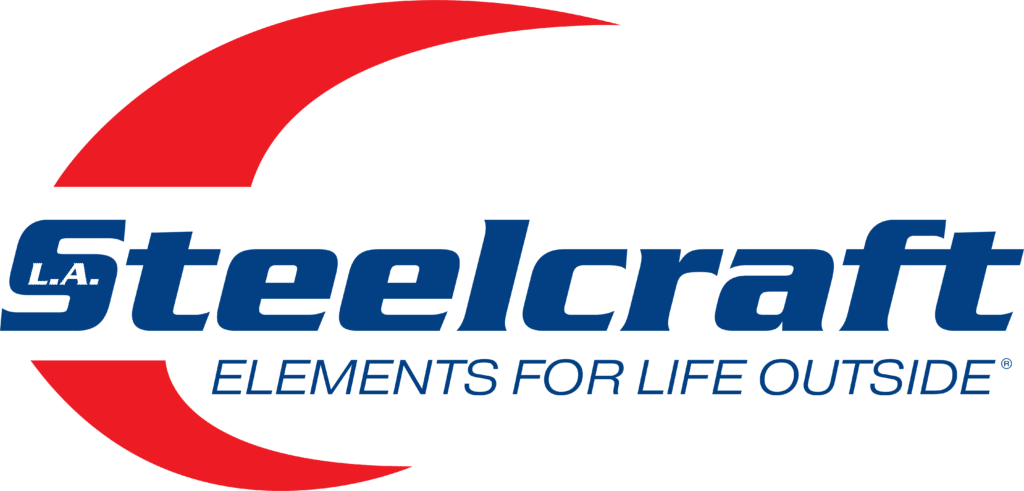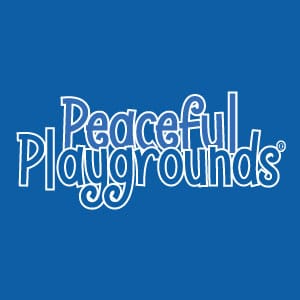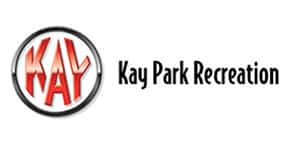Another school year in the books and you still have a vision for new athletic facilities, field upgrades, or court conversions sitting on the backburner. While it may seem unattainable or even impossible, it can be done with a solid plan and the right team in place. As a Landscape Architect, I have seen and been a part of some excellent athletic facilities—I have also witnessed avoidable missteps. Establishing a team of professionals to carry out a master plan for outdoor athletic facilities will provide critical support for the school to achieve the desired result and maximize the budget.
Get started by engaging professionals like Architects, Landscape Architects, and Civil Engineers. Architects provide the exceptional knowledge and design experience for indoor spaces and any structures on your site. A Landscape Architect’s work is focused on the exterior components such as the precise measurements, materials and layout of fields, courts, and tracks. The Landscape Architect also designs hardscape elements such as walkways and walls, as well as landscaping, irrigation and drainage. Assessment of infrastructure such as utility lines for sewer, stormwater, and power is done by Civil Engineers.
Developing new athletic facilities requires an understanding of the geography of the site. This includes topography, flood plains, easements, roadways, parking, and any local codes or design regulations. Engineers are highly skilled in assessing these components and designing plans for development. It is better to invest in infrastructure in the beginning to avoid costly retrofitting in the future.
Evaluate the school’s existing fields, courts, and tracks then compare that to the needs of the student-athletes. Interviewing athletic directors, coaches, athletes, and even parent organizations is an effective way to collect input and garner support.
Investing in improvements for fields and courts can create opportunities to serve more than just specific sports. These resources can be used for physical education classes and special events, such as graduation and school festivals. The demand for facilities that accommodate multiple sports and uses is growing in popularity.
Design Development
A smart design allows for construction of a complex in phases and provides the opportunity for amenity expansions. Multi-use facilities can stretch a budget and be inclusive of more sports. Some ideas to consider include:
- Multi-sport fields for football, soccer, lacrosse, and flag football
- Hitting cages shared between baseball, softball, and golf
- Conversion of tennis courts to convertible tennis/pickleball/futsal courts
- “Mini tracks,” approximately 200 meters, can be constructed with fewer lanes. For reference, a full-sized competitive track is typically 400 meters with 8 lanes.
- Trails encircling the fields and courts used for recreation or cross-country track
- Covered pavilions and terraced seating accommodate cookouts, festivals, graduation and other special events
- Storage buildings (equipment/maintenance), restrooms, and concessions placement
An honor wall or plaza featuring donor bricks or pavers is another exciting option to recognize and commemorate alumni or winning teams. A schematic plan presents various concepts at different monetary values to align with annual budgeting or fundraising goals. By sharing preliminary plans, administration can gain momentum and create excitement for fundraising. Corporate naming rights sponsorships, student or parent organization fundraising goals, and a range of giving opportunities drive support for a capital campaign.
Playing Surfaces
When deciding on what type of playing surface is best for your school’s fields, the array of products can be overwhelming. While high-performance natural grass is often regarded as the ultimate in quality, maintenance is time-consuming and costly. Natural grass will show wear patterns, which will become significant if the field is used for multiple sports. The technology of synthetic turf has improved greatly over the years in aesthetics, durability, performance, and safety. Using synthetic materials can offer significant advantages: consistency across the surface, shorter rain delays, and lower maintenance. Recent product introductions have improved turf systems by offering organic infill materials that are biodegradable and enhance cooling by mimicking soil’s ability to absorb and transpire moisture.
If a running track is being considered, these systems come in a variety of materials that offer a range of durability, cost, performance, and cushion. The most important decision for a track surface is its intended use; is it competitive or recreational, and to what degree in either category. This will determine its size, number of lanes, safety buffers, loose equipment needs, timing, scoring, and lighting needs.
Pickleball is gaining in popularity and is played on courts comparable to tennis. For the most part, tennis courts fall into two categories—hard courts and clay courts: each with their own set of advantages and disadvantages. Versatility comes in how the courts are lined so they can accommodate tennis, pickleball, and/or futsal.
Furthermore, outdoor courts can be designed as a multi-sport whole or half-court to offer a full range of outdoor play including basketball, foursquare, sprints, hopscotch and more.
Ultimately prioritizing the sports and level of competition will guide you to the best selection for all athletic surfaces. Multiple concepts, site analysis and land planning will culminate in a preferred plan. The team works together to create a cohesive master plan to cast a unified vision and streamline communication.
Implement the Plan
With a design is in place, the next step is selecting contractors to carry out the work. Unlike public schools, private schools are allowed to negotiate work directly with contractors. The drawings from design professionals proves invaluable and ensures the quotes and estimates you collect are accurate to the scope of work that you are envisioning. Once a contractor has construction drawings, work can begin. Many Landscape Architects provide construction observation in their scope of work to ensure what was designed gets built correctly.
Leveraging a network of trusted builders, contractors, or vendors who are members of nationwide sports associations will help guide you to quality results. Some of these associations include American Sports Builders Association (ASBA), Synthetic Turf Council (STC), and Sports Field Management Association (SFMA). These companies are committed to staying up to date on the newest technology, safety regulations, cost-effective construction, and quality materials.
Final Thoughts
Think long-term to allocate the space needed for your masterplan, even if you don’t have the funding to build it all in the initial phase. Enlisting trusted design professionals have the knowledge and experience to provide solutions for every sport, age group and type of event. Investing in a set of design drawings will fine tune current and future needs, with a value that far outweighs costly mistakes, reconstruction, and missed opportunities.
As 1 Peter 4:10 tells us, each of us has received a gift, and we are called to use it in service to others as faithful stewards of God’s grace. As a school leader, you are uniquely positioned to inspire and empower those around you to use their talents for a greater purpose. Investing in athletics goes beyond the game—it’s an opportunity to shape students through perseverance, humility, and integrity.
Sean Hufnagel is a Principal at HNP Landscape Architecture in Birmingham, Alabama, specializing in athletic field design and land planning, www.hnpsiteplan.com. He is a registered Landscape Architect in Alabama, Georgia, Arkansas, Mississippi, Tennessee, and South Carolina.











